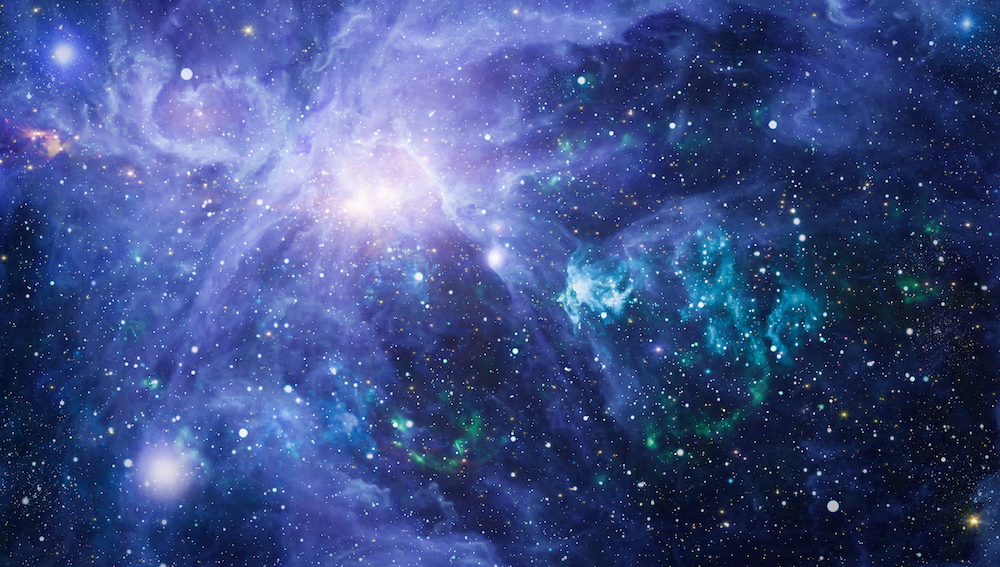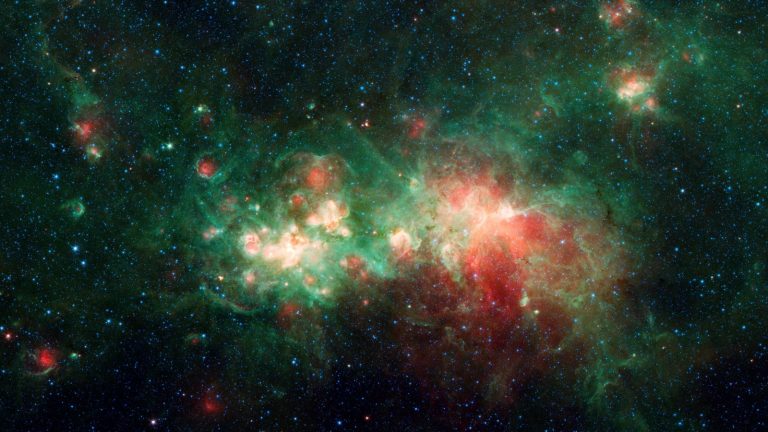After Vesto Slipher observed spiral nebulae in the early 20th century, he was able to conclude that all but a few nebulae (such as Andromeda) were moving away from Earth. In 1925, Edwin Hubble confirmed that spiral nebulae were indeed separate galaxies with the discovery of Cepheid variable stars in Andromeda. These pulsating stars obey the time-luminosity law. In fact, the longer the light variation lasts, the brighter the star stays. This allows you to determine their distance. Hubble discovered that Andromeda is too far away to be part of our galaxy, confirming what other astronomers had initially suspected: spiral nebulae are indeed separate galaxies.
Using data from Slipher and others, Georges Lemaître tentatively determined in 1927 that the farther a galaxy is from us, the faster it moves away from us. However, he published his research paper in French, so it was not well known. Hubble independently (and with better data) published the same relationship in 1929 and is credited with discovering what is now known as Hubble’s Law. He stated this law in the equation v = H0d. v is the speed of the galaxy in kilometres per second and d is the distance from Earth to the galaxy in megaparsecs, where 1 megaparsec is 3.25 million light years.

H0 is the Hubble constant (unit – km/s/Mpc). That constant means that for every one megaparsec of distance between Earth and a galaxy, the speed of that galaxy (in km/s) increases by a constant amount. This speed is not actually the speed at which galaxies travel through space, but a measure of the expansion of the universe.
Due to the uncertainties in measuring distances to galaxies, it has been difficult to determine the most accurate value of H0. Because of errors in Hubble’s distance calculations, Hubble initially assigned the H0 constant a value of 500 km/s/Mpc, but astronomers soon reduced it to a value between 50 km/s/Mpc and 100 km/s/Mpc.
Currently, there are two conflicting values among astronomers for H0. The massive project using the Hubble Space Telescope to determine the distances to distant galaxies by observing Cepheid variable stars gives a value of H0 of 73.8 km/s/Mpc. But this value slightly disagrees with the value based on measurements of the cosmic microwave background (CMB) by the Planck spacecraft: 67.80 km/s/Mpc.
Astronomers (Slipher, Hubble and etc.)still do not know why there is a difference between these values. (Astrolearn)
If so, don’t forget to post your thoughts in the comment section while sharing this article.
Find out more by engaging Buzzer.lk and Buzzer Science & Technology.




